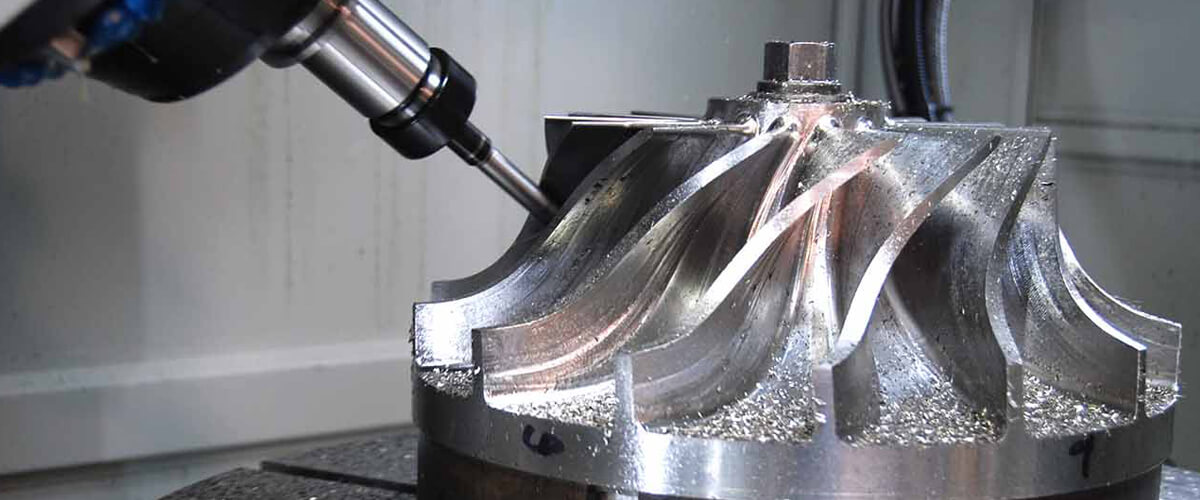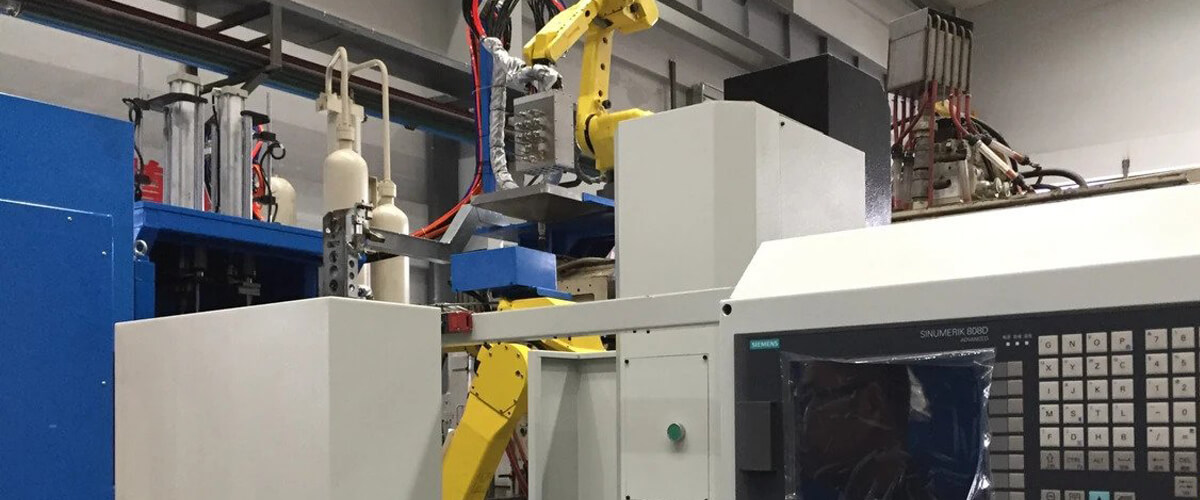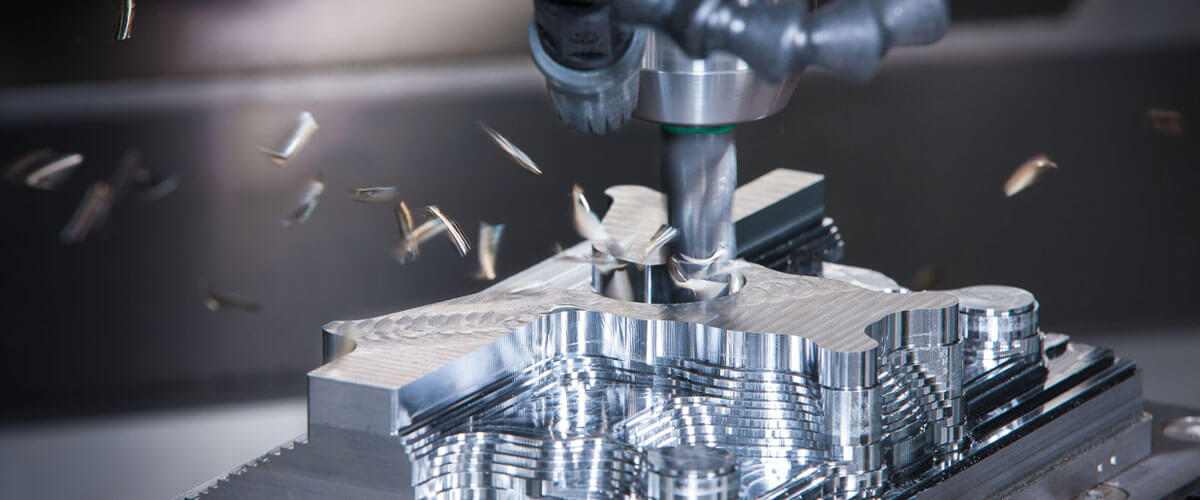Otomotif
2020-03-21What is CNC Automotive?
The CNC automotive parts industry is the foundation and an important part of the development of the auto industry. The vehicle has about 30,000 parts. They can be divided into automotive engine system parts, body system parts, chassis system parts, electrical and electronic equipment, and general parts according to their functions. According to the material classification, it can be divided into metal parts and non-metal parts. Among them, metal parts account for about 60% -70%, and non-metal parts account for about 30% -40%.

Cetakan otomotif CNC mengacu pada cetakan yang digunakan di bidang otomotif. Mereka disebut "ibu-ibu industri otomotif". Lebih dari 90% suku cadang dalam produksi mobil bergantung pada pembentukan cetakan.
Umumnya, sebuah mobil membutuhkan lebih dari 1.000 hingga 1.500 set stamping dies. Ini menyumbang sekitar 40% dari total nilai keluaran mobil. Ada sekitar 800 set cetakan plastik, sekitar 300 pasang cetakan lembaran logam dan sekitar 100 set cetakan die-casting. Stamping dies mobil adalah peralatan teknis penting untuk produksi mobil. Desain dan waktu pembuatannya menyumbang sekitar dua pertiga dari keseluruhan siklus pengembangan mobil. Mereka menjadi salah satu kendala utama. Mobil stamping mati memiliki karakteristik ukuran besar, permukaan kerja yang rumit, dan standar teknis tinggi, dan merupakan produk intensif teknologi.
CNC Automotive Applications
Automatic 1 automobile stamping mainly refers to the workpieces with the required shape and size. These workpieces are obtained by deforming or separating the metal material from the stamping die extruded by an external force. Widely used in car covers, body systems, seat systems, instrumentation systems, and exhaust systems. Body metal parts are almost all stamped parts, and automotive stamping parts are the downstream industry of CNC automotive molds.
The stamping on the car body is roughly divided into cover plates, beam panels, and ordinary stamped panels. The seal that can clearly represent the characteristics of a car is a car panel. Therefore, a more specific automobile mold can be said to be an "automotive sheet stamping mold". Just like a car mold.
Cetakan penutup mobil berukuran besar dan sedang adalah bagian penting dari teknologi pembuatan bodi dan penghubung utama dalam membentuk kemampuan pengembangan independen mobil. Produk cetakan otomotif meliputi cetakan penutup mobil, cetakan ban, cetakan dalam dan luar plastik, cetakan pencahayaan otomotif, cetakan bemper otomotif dan cetakan panel instrumen.
Perkembangan Pasar Cetakan Otomotif
Dengan meningkatnya perkembangan model kendaraan penumpang baru, jumlah model baru yang diperkenalkan meningkat dari tahun ke tahun. Dengan pertumbuhan pasar otomotif dan semakin ketatnya persaingan di pasar otomotif maka kapasitas pasar cetakan otomotif akan tumbuh pesat di masa mendatang. Ini juga merupakan hasil dari perkembangan pesat industri otomotif dan pesatnya perkembangan model-model baru.
Luo Baihui, secretary-general of the International Model Association, said that the market demand for automotive panel molds mainly depends on the number of new models to be launched each year, and the number of new models to be delivered mainly depends on the development of new models. Passenger cars (including cars with less than 9 seats, MPV, SUV, and minibus, etc.).
Car Cover Mold Level
According to the category of cover parts and the requirements of car manufacturers, car cover molds can be divided into three levels: low-end, mid-end and high-end. Among them, the supply of molds with low technical content is oversupply, and the profit margin of the market is narrow. The competition in the middle-end mold market is becoming increasingly fierce, and high-end molds with high technological content are far from meeting the market demand, and the development space is huge.
In the production of CNC automotive molds, Essai Mold has formed its own automotive mold system.
1. Automatic 3D design
From a design perspective, the manufacturing of high-end automotive stamping molds requires a parametric design of the molds. We need to combine software template technology to actively and effectively conduct secondary development to form a series of fixed, standardized design parameters, design templates, and achieve complete correlation and drive of parameters. By changing the parameters of the mold parts, quickly change the CAE results, mold process, and optimize the structure of the mold.
2. Simulating Stamping Process-Computer Aided Engineering (CAE)
The manufacture of automotive molds is inseparable from effective plate forming simulation software, and high-end automotive molds require full-process finite element simulation technology. An effective plate forming simulation software can improve the success rate of high-end automotive mold development and greatly shorten the manufacturing cycle of high-end automotive mold development. It can simulate and analyze the formability of automotive stamping parts, determine the difficulty of forming, and the key areas prone to stamping quality defects.
Di sisi lain, itu juga dapat menghitung kekasaran bagian stamping otomotif. Kedua, ini juga dapat digunakan untuk analisis simulasi selektif dan terarah dari struktur dan rencana proses cetakan otomotif. Selain itu, ini juga dapat memberikan analisis dan penilaian kuantitatif untuk debugging cetakan mobil. Data, tentukan solusi debugging yang layak dan berikan parameter teknis spesifik untuk solusinya. Singkatnya, simulasi elemen hingga dari keseluruhan proses dapat mengoptimalkan struktur dan rencana proses cetakan otomotif secara berulang. Selain itu, kita bisa menggunakan berbagai simulasi. Ini dapat digunakan untuk menganalisis dan memverifikasi secara kuantitatif kelayakan dan keandalan desain cetakan otomotif sebelum debugging cetakan di tempat, untuk mengoptimalkan dan meningkatkan desain cetakan tepat waktu.
3. Teknologi cetakan digital
Digital automobile mold technology mainly includes the following aspects: 1. Design for manufacturability (DFM). Consider and analyze manufacturability during the design process to ensure the process success. 2, mold surface design assistance technology, the development of intelligent profile design technology. 3. CAE assists in analyzing and simulating the stamping process, predicting and solving possible defects and forming problems. 4. Replace the traditional two-dimensional design with the three-dimensional mold structure design. 5. The mold manufacturing process uses CAPP, CAM and CAT technologies. 6 Under the guidance of digital technology, solve the problems in the process of test mold processing and stamping production.
4. Mold processing automation
Equipped with a CNC machine with two tables and an automatic tool changer (ATC). They are both optoelectronic control systems for automatic machining and online measurement systems for workpieces. CNC machining has evolved from simple contour machining to complete machining of contours and structural surfaces, from medium-speed machining to low-speed machining to high-speed machining.
5. Mold material and surface treatment technology
The quality and performance of mold materials are important factors affecting mold quality, life and cost. Ductile iron has good toughness and wears resistance, welding performance, workability and surface hardening performance. Moreover, the cost is lower than the alloy cast iron. It has been widely used in Have Mould's mold design.
6. Science and information management
Scientific management makes Essai Mold develop in the direction of timely manufacturing and lean production. Make enterprise management more accurate and greatly improve production efficiency.
7. Multi-station progressive die
Multi-position progressive die can complete multiple stamping processes of parts, including stamping, bending, drawing and partial separation and continuous forming. The mold must have a high-precision guidance and positioning system, and be equipped with automatic feeding, automatic output, safety detection, and other devices. Although the mold structure is complex, it has many inserts, the mold manufacturing precision is high. And the manufacturing and assembly process is difficult. It is an important representative of technology-intensive automotive molds.
CNC Automotive Mold Industry
With the advent of electric vehicles, driverless technology, and new energy vehicles, energy-saving, environmental protection, and artificial intelligence, and automotive networking technologies have become increasingly important in the automotive industry. The rapid development of the new energy vehicle market has led to an increase in new models, which has brought huge market opportunities for the mold industry.
Because new energy vehicles emphasize energy reduction and efficient use of energy, lightweight materials have great potential in the market. For example, TESLA Model S, 95% aluminum alloy on the body structural parts. It is enough to see that the application of new materials in lightweight has become one of the core technical directions in the future. Especially the development of lightweight metal molding and polymer materials Molding and compound molding.
Automotive Electronics Mold
At the same time, with the rapid development of automotive networking technology and the continuous improvement of electrification and intelligence, automotive electronics molds have also ushered in a wider market space. China's automotive electronics mold companies are actively deploying automotive networking services and key components and high value-added products such as integrated circuits, forming a synergy with the automotive electronics industry. In the context of the rapid development of new energy vehicles and smart cars. They can use molds to make intelligent driving interactive car products. This will provide huge development space for high-end functional components!
Automatic 2 Since 2001, the global mold industry has been growing steadily, with an average growth rate of more than 5%. By 2012, the global mold industry market reached $ 94.5 billion. In the United States, Germany and Japan, and other developed countries. Their automotive-related mold demand accounts for more than 40% of the total mold demand. On this basis, the global automotive mold market has reached 37 billion U.S. dollars. According to the ratio of the output value of automotive stamping dies to 40% of the output value of automotive molds, the global automotive stamping mold market is approximately 15 billion U.S. dollars. At present, North America, Europe, and Japan, as the traditional automotive stamping die demand markets, still occupy an important position in global demand, and their market demand growth rates will remain relatively stable in the next few years.
Rapid Development of the Automotive Industry
Perkembangan industri otomotif yang stabil dan cepat telah menciptakan lingkungan yang baik untuk perkembangan industri cetakan stamping otomotif. Dalam proses produksi mobil, lebih dari 90% suku cadang perlu dibentuk oleh cetakan. Pembuatan mobil membutuhkan lebih dari 1.000 hingga 1.500 set cetakan cetakan. Produksi mobil suatu negara sampai batas tertentu mencerminkan kondisi keseluruhan cetakan mobil negara tersebut. Setelah krisis finansial 2008, mobil keluaran produsen mobil tradisional. Seperti Amerika Serikat, Jerman, dan Jepang menunjukkan pemulihan yang moderat. Namun, permintaan di pasar negara berkembang seperti Cina, India, dan Brasil tumbuh pesat. Diharapkan dari tahun 2013 hingga 2020, tingkat pertumbuhan produksi kendaraan ringan global akan mencapai 3,6%. Diantara mereka,







